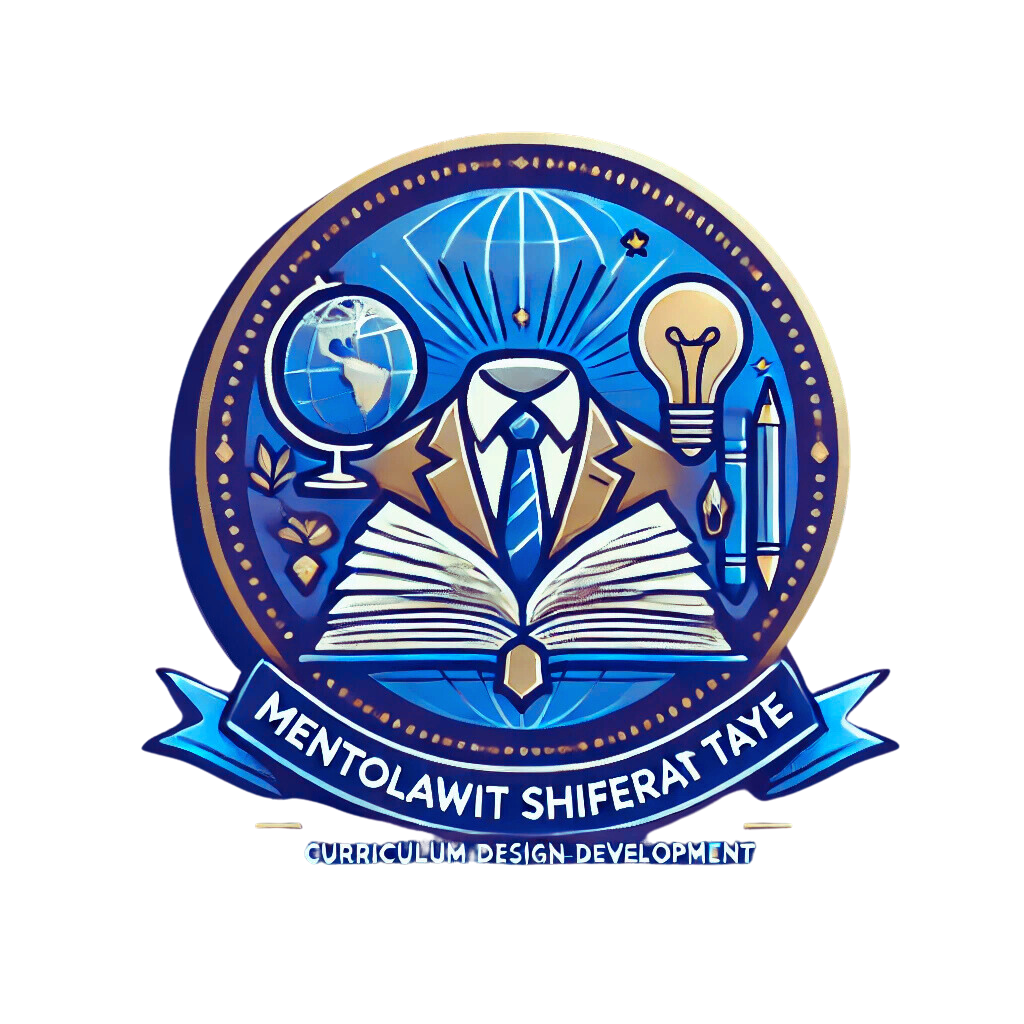Writing Across the Curriculum: Bridging Skill Gaps and Promoting Equity
Introduction: A Missed Opportunity in Curriculum Design
As I work on developing an online course focused on Writing Across the Curriculum, I've come across valuable insights from educators working with diverse groups of students. One particular conversation with a teacher at a satellite school serving behaviorally challenging learners highlighted a significant gap in writing instruction.
Far too often, standardized curricula focus on academic skills without acknowledging the unique needs of students who struggle with foundational skills. High school educators are frequently tasked with reteaching basic writing skills to students who have been left behind by the system. The question is: how do we bridge these gaps while promoting equity and inclusivity?
Why Traditional Writing Instruction Falls Short
Writing instruction that emphasizes standardized outcomes and uniform skill levels tends to leave many students behind. Common issues include:
Skill Gaps: Students enter high school without the foundational writing skills needed to meet grade-level expectations.
Lack of Diagnostic Tools: Without pre- and post-assessments, it’s difficult to identify specific needs and measure growth.
Cultural Disconnect: Standardized instruction often overlooks the diverse cultural backgrounds of students.
Focus on Deficits: A deficit-focused approach can demoralize students rather than empower them.
These gaps aren’t just academic. They impact student confidence, emotional wellness, and willingness to engage in writing.
Practical Strategies for Bridging the Gaps
1. Use Pre- and Post-Diagnostics to Identify Needs
Assessing students before and after instruction helps teachers:
Customize instruction to address specific skill gaps.
Measure progress and celebrate growth.
Build student confidence through measurable success.
2. Implement Culturally Relevant Teaching
Recognizing students’ cultural backgrounds can transform writing instruction:
Use diverse reading materials and writing prompts.
Allow students to incorporate personal experiences into their writing.
Promote inclusivity by valuing all voices.
3. Adopt Strength-Based Approaches
Highlighting what students do well can empower them to grow:
Celebrate strengths rather than only focusing on weaknesses.
Encourage creativity and personal expression.
Provide opportunities for peer collaboration and feedback.
4. Create Participant-Centered Instruction
Effective writing instruction requires active participation:
Encourage students to set personal goals and reflect on progress.
Foster collaboration through peer reviews and group activities.
Integrate SEL principles to support emotional and academic growth.
Moving Towards True Equity
Creating a more inclusive approach to Writing Across the Curriculum requires acknowledging the gaps and actively working to close them. By incorporating diagnostic tools, embracing cultural relevance, highlighting strengths, and designing participant-centered instruction, we can make writing instruction accessible and impactful for all learners.
💡 How are you addressing skill gaps and promoting equity in writing instruction? Share your thoughts and experiences below!
#WritingAcrossTheCurriculum #EquityInEducation #InclusiveLearning #CulturallyResponsiveTeaching #InstructionalDesign #SEL

